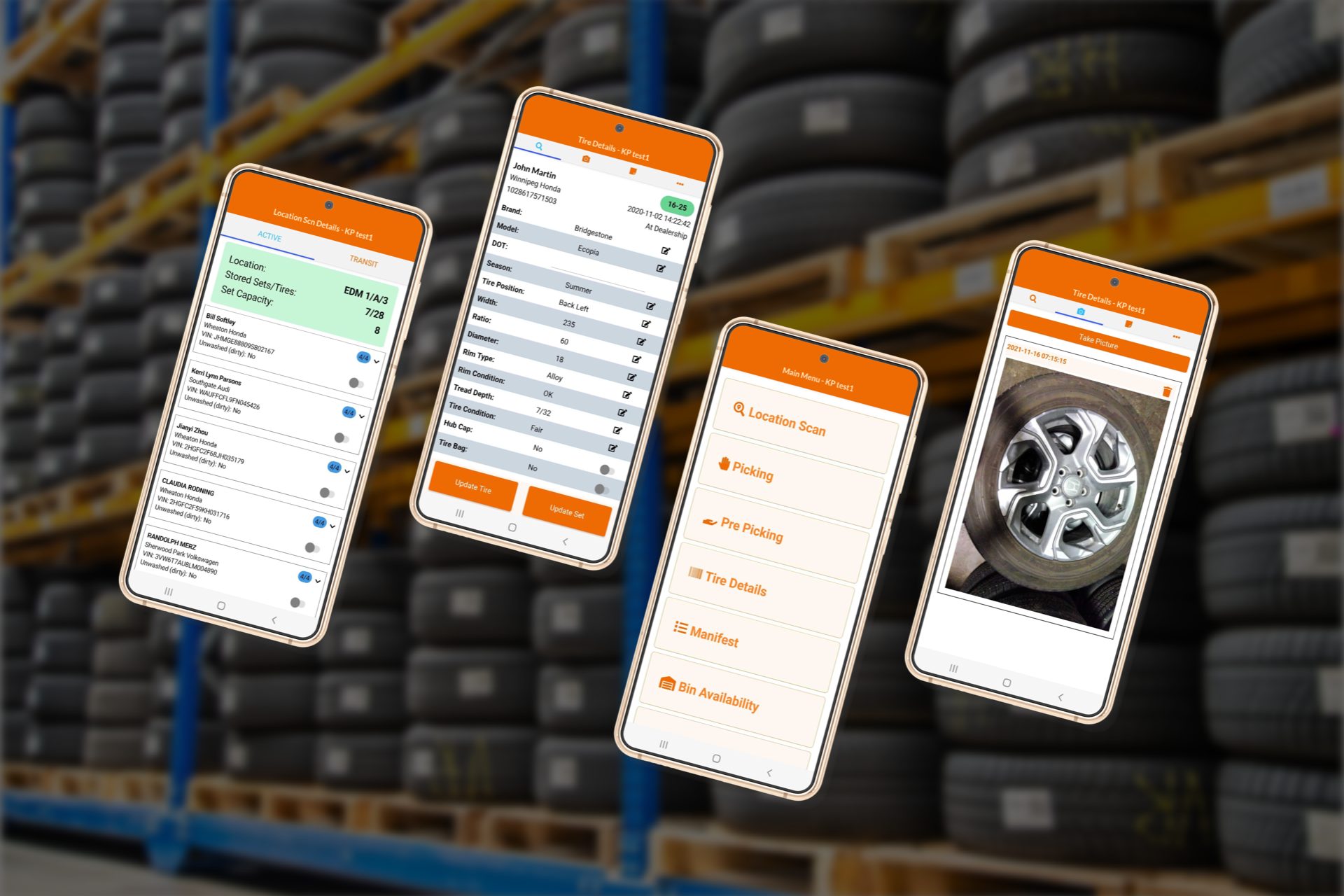In the digital universe, where data acts as the driving force of web applications, managing this invaluable asset is critical to any business’s success. A Database Management System (DBMS) isn’t just a repository for data; it’s the bedrock upon which dynamic websites and applications stand. This piece delves into what a DBMS is, its role in web application development, and how Fabled Solutions harnessed its power to craft a robust solution for Tire Chalet, a comprehensive case study in database ingenuity and flexibility.
What is a Database Management System (DBMS)?
A Database Management System is a software suite that provides the necessary tools for storing, retrieving, managing, and analyzing data within a database. It acts as an intermediary between the end-user and the database, ensuring that the data is consistently organized and readily accessible. A DBMS serves multiple functions:
Data storage: It houses the data in an organized manner.
Data retrieval: Allows for efficient querying to fetch specific data.
Data manipulation: Supports data insertions, updates, and deletions.
Security: Ensures that data is secure from unauthorized access.
Backup and recovery: Facilitates the backup of data and recovery in case of loss.
The Role of DBMS in Web Application Development
In web development, a DBMS is pivotal in dealing with the data that a web application creates and uses. It is essential for managing user information, preferences, activity logs, and transactional data, all of which are crucial for a personalized and efficient user experience. For developers, a DBMS offers a structured environment to work with data, enabling them to focus on creating seamless user interfaces and functionalities without worrying about data integrity or handling.
A well-designed DBMS supports scalability and flexibility, allowing the web application to handle growing amounts of data and changing business requirements with ease. It’s also vital in ensuring that applications can serve concurrent users and processes without performance bottlenecks, providing the reliability and responsiveness that modern web users demand.
Tire Trax: A Fabled Solutions Case Study
The system we built for Tire Chalet, a Canadian-based tire storage facility, represents an exemplary illustration of a flexible and robust web-based database system in action. Tasked with the challenge of streamlining the company’s tire storage management and retrieval processes, Fabled Solutions developed a custom web application, Tire Trax, underpinned by a powerful DBMS. Check out the Tire Trax case study to learn more about the system.
Flexibility and Customization
The Tire Trax project required a DBMS that could accommodate specific needs. The facility needed a system to track individual tires, manage customer information, and facilitate seamless tire check-in and check-out procedures. Our team crafted a DBMS tailored to these needs, ensuring the flexibility to handle the unique aspects of the tire storage business.
Efficiency and Scalability
With seasonality affecting tire storage demands, the DBMS had to be scalable to handle peaks and troughs in data input and retrieval. The system we developed allowed Tire Chalet to effortlessly scale operations, adapting to the cyclical nature of the business without sacrificing performance or customer service quality.
Data Integrity and Security
Protecting customer data and transaction histories was paramount. The DBMS incorporated robust security measures to guard against breaches, and ensured high data integrity to prevent data loss or corruption.
User Accessibility and Interface
Critical to the success of Tire Trax was the interface provided for both customers and employees. The web application, supported by the DBMS, presented a user-friendly interface that simplified interactions, from appointment scheduling to inventory management, making tire storage an unexpectedly pleasant experience for all parties involved.
Real-time Data Access and Reporting
The web application’s DBMS was engineered to provide real-time data access and comprehensive reporting features. This functionality meant that Tire Chalet could offer instant confirmations, up-to-date inventory counts, and detailed reports for both internal use and customer assurance.
Conclusion
The success of the Tire Trax web application highlights the transformative power of a well-implemented DBMS. In web application development, a robust DBMS isn’t just about storing and retrieving data—it’s about creating an ecosystem where data becomes a live, interactive force that drives business efficiency and growth.


